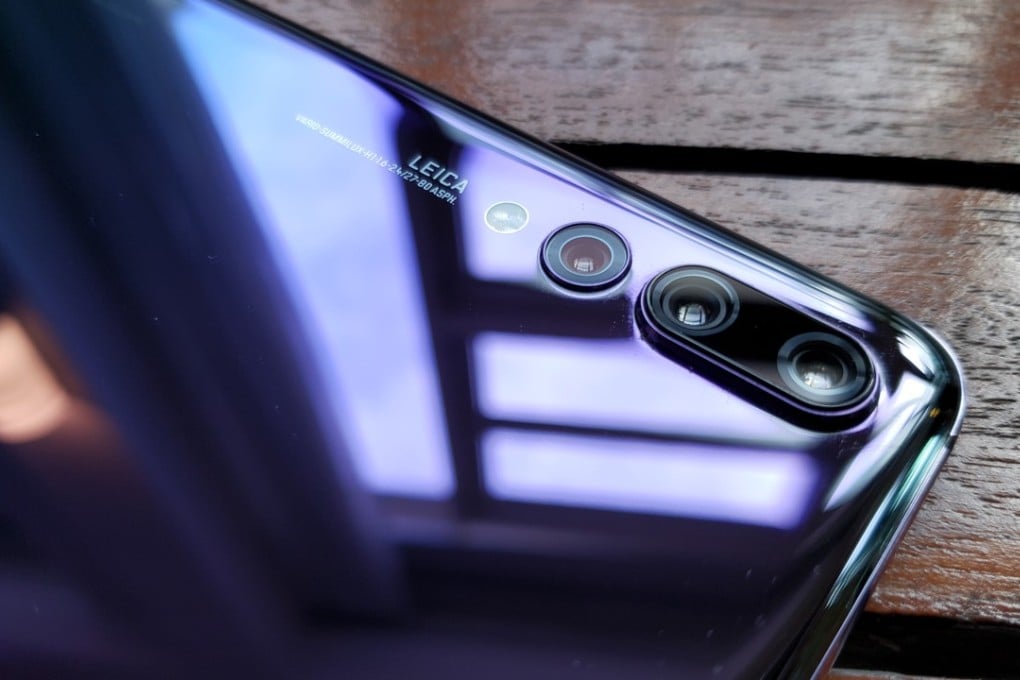Review | Huawei P20 Pro first impressions: triple rear cameras, amazing low-light stabilisation
A 45-minute trial of Huawei’s 2018 flagship smartphone reveals innovations, including the triple camera set-up and its potential for long exposure shots

Huawei pulled back the curtains on its new 2018 flagship series in Paris today and most of the rumours turned out to be accurate: the top device of the series, named the P20 Pro, does indeed sport three cameras, a first in smartphones.
This new triple-camera set-up consists of a 20-megapixel monochrome lens, an 8-megapixel telephoto lens, and a whopping 40-megapixel RGB lens.
These three cameras almost always work together, combining image and light information to produce what Huawei claims to be clearer, brighter photos.
These tricks are highlighted by a “hybrid zoom” that combines the telephoto sensor’s 3X optical zoom with information from the other two cameras to produce a single 5X zoom photo without noticeable loss in quality.

I got the chance to test the P20 Pro for about 45 minutes ahead of the device’s launch, and in limited testing, the phone was, indeed, able to capture sharper images at 5X zoom than the iPhone X.